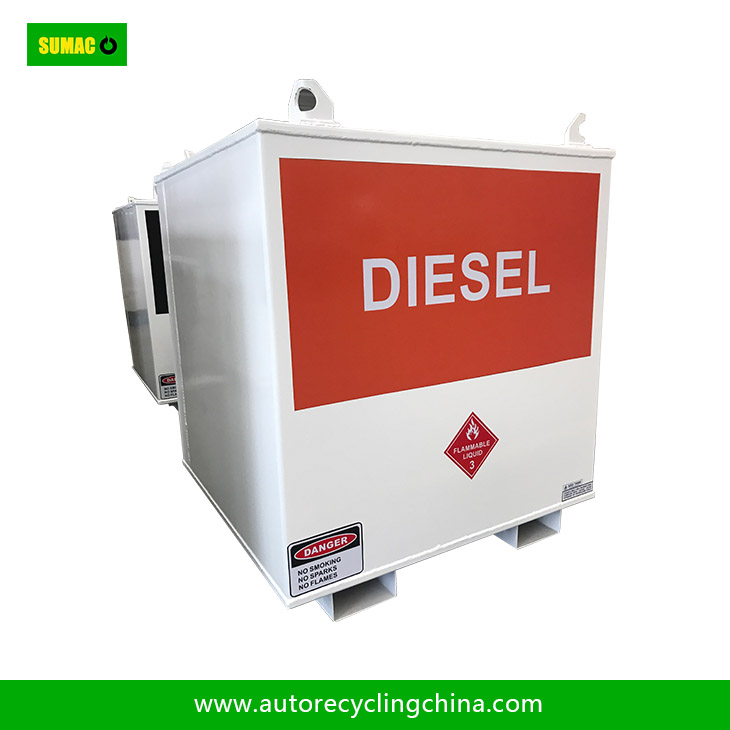Testing the tightness of a steel fuel tank is crucial to prevent fuel leakage, ensuring safety and avoiding environmental pollution. There are several common methods to conduct this test.
One of the most widely used methods is the pressure decay test. First, seal all the openings of the steel fuel tank, including the fuel inlet, outlet, and vent pipes. Then, introduce a certain amount of compressed air into the tank to increase the internal pressure to a specified value, usually slightly higher than the normal operating pressure. After maintaining the pressure for a set period, monitor the pressure change with a pressure gauge. If the pressure drops significantly within a short time, it indicates a leakage problem. The specific allowable pressure drop is determined according to relevant industry standards.
Another approach is the bubble test. Similar to the pressure decay test, after pressurizing the steel fuel tank, apply a soapy water solution evenly to the outer surface of the tank, especially around welds, joints, and any potential leakage points. If bubbles form on the surface, it clearly shows that there is a leak at that location. This method is simple and intuitive, but it requires careful inspection to ensure that no small leaks are overlooked.
The vacuum test is also effective. In this method, the steel fuel tank is evacuated to create a vacuum inside. Then, check if the vacuum degree can be maintained steadily. If the vacuum degree gradually decreases, it means that outside air is entering the tank, indicating a leakage. Additionally, advanced non - destructive testing techniques, such as ultrasonic testing, can be used to detect internal leaks that are difficult to identify with the naked eye. Ultrasonic waves can penetrate the steel material and detect abnormal sound patterns caused by gas leakage inside the tank.
Each testing method has its own advantages and limitations. In practice, a combination of these methods is often used to ensure a comprehensive and accurate assessment of the steel fuel tank's tightness.

